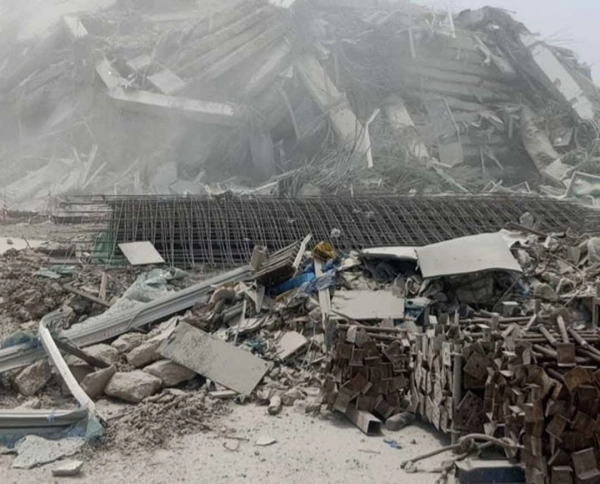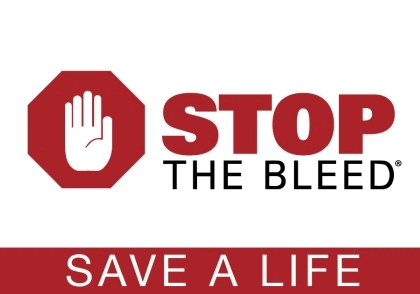Safety Courses
Natural Disaster / Earthquake Training

Contact For Price
Level
- Beginner
Safe and Secure Approach to Managing Injuries in Field Environments (SSAFE) Training Module 6: Managing Injuries in Field Environments

Safe and Secure Approach to Managing Injuries in Field Environments (SSAFE) Training Module 6: Managing Injuries in Field Environments
Course Overview
This module provides participants with essential lifesaving techniques for managing injuries in austere/natural disaster field environments. Using the M.A.R.C.H. acronym, trainees will learn how to prioritize care under challenging conditions while ensuring their own safety.
Key Learning Objectives
Scene Assessment: Ensure the scene is safe before providing care.
- Assess dangers (Fire, electrical, building collapse, flooding, animals, motor vehicle accidents. environmental hazards, etc.).
- Use situational awareness to determine whether to stay and treat or evacuate
M - Massive Hemorrhage: Serious bleeding is the lead cause of preventable accident death worldwide. (Bleeding out can be as quick as 3 to 5 minutes).
- Identify life-threatening bleeding and apply immediate bleeding control.
- Use direct pressure, pressure bandages, tourniquets, and wound packing with hemostatic dressings.
A - Airway Management:
- Recognize airway obstructions and open the airway using head-tilt/chin-lift or jaw thrust. Assess for breathing.
- Airway management using the Recovery Position. Position of comfort
- Consider advanced airway management. e.g. nasopharyngeal airway (NPA) if needed.
R - Respiratory Support:
- Seal open chest wounds using occlusive dressings. penetration wounds.
- Identify signs of tension pneumothorax and perform needle decompression if trained and equipped.
C - Circulation & Shock Management:
- Assess for signs of shock (altered mental status, weak pulses, pale skin, etc.).
- Treat with survival blanket, recovery position and elevate legs if no suspected spinal injury.
H - Hypothermia Prevention & Head Injury:
- Prevent hypothermia by covering the casualty and using insulation barriers.
- Monitor for signs of traumatic brain injury (TBI) and avoid hypotension/hypoxia.
Mass Casualty Triage & Classification
In a mass casualty scenario, e.g. natural disaster, motor vehicle accident, earthquake, flooding, fire, resources may be limited, requiring the prioritization of care using a triage system. Casualties are classified using a four-color system:
- Red (Immediate) – Life-threatening injuries requiring urgent intervention (e.g., massive bleeding, airway obstruction, burns, spinal injury).
- Yellow (Delayed) – Serious but non-immediate injuries (e.g., fractures, burns without airway compromise).
- Green (Minimal/Walking Wounded) – Minor injuries not requiring urgent treatment (e.g., small cuts, sprains).
- Black (Expectant/Deceased) – Casualties with non-survivable injuries or no signs of life.
This structured approach ensures the most effective use of limited medical resources in high-risk environments.
You may also be interested in
Inquire about this Course




